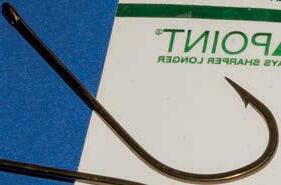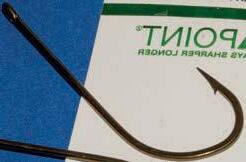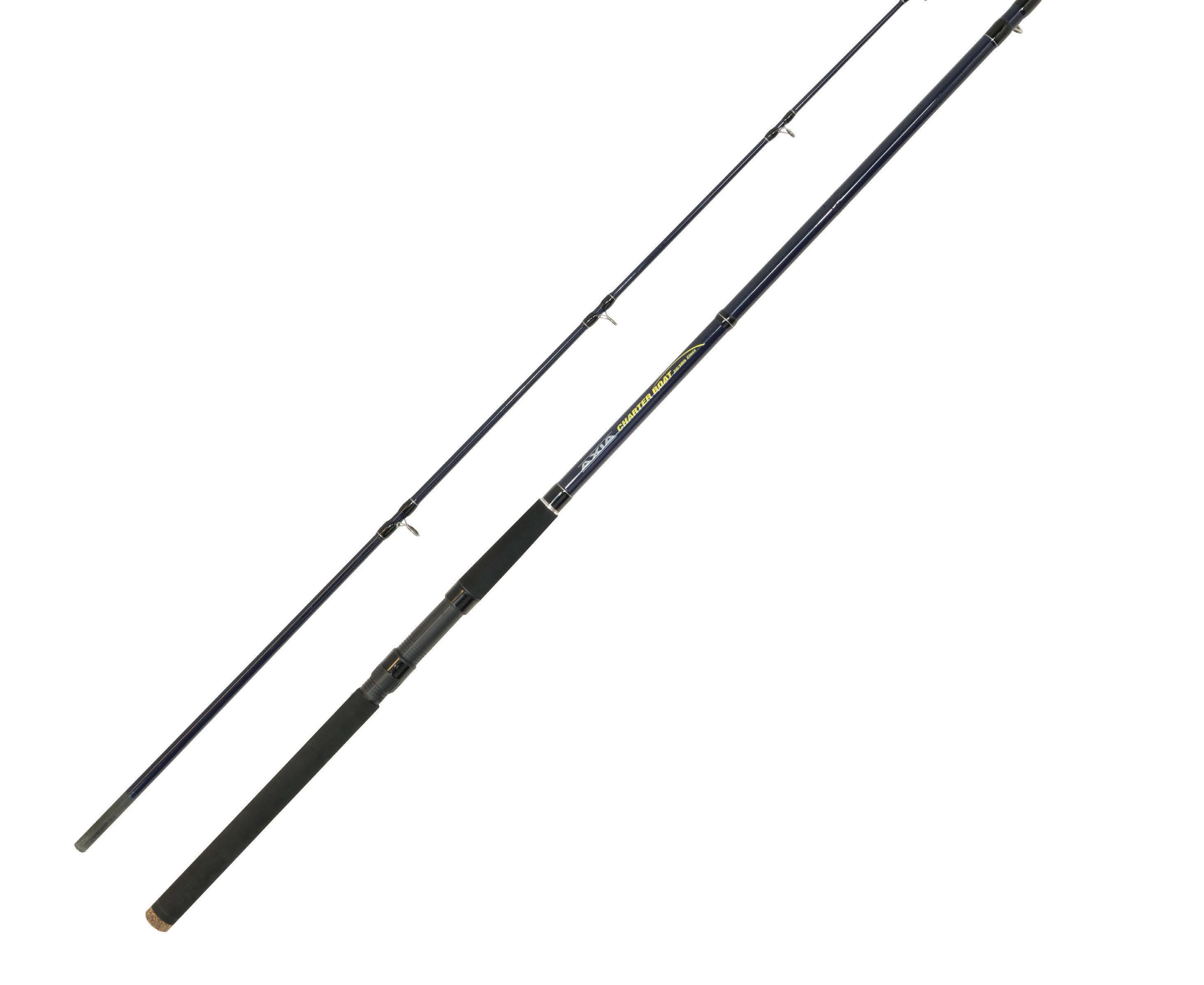
5 minute read
KIT YOU NEED
RODS
Words and images: Mike Thrussell
THE KIT YOU NEED FOR... BOAT TOPE


General tope fi shing in shallow, fast-running water when uptide casting is an advantage, requires a 4-10oz Uptide rod around 9ft 6in in length. For downtide fi shing in areas with average tides and lead weights up 10oz or so, a standard 7ft 6in 12/20lb boat rod gives good sport but still plenty of power to battle a big tope. In faster tides and deeper water, a more powerful 20/30lb class rod around 7ft 6in in length will be needed. Choose a boat rod with a supple tip with rapidly increasing power in the upper mid-section into a stiff butt. The soft tip subdues the lunges of a big tope with the power in the middle and butt sections giving you the ability to pressure a big fi sh when needed.
Here’s what you need to catch one of the UK’s most powerful fi sh. They are typical sharks, armed with razor sharp typical sharks, armed with razor sharp teeth designed to impale and cut through teeth designed to impale and cut through caught prey. Their ability to initially run caught prey. Their ability to initially run far and fast when fi rst hooked requires far and fast when fi rst hooked requires balanced, coordinated tackle. balanced, coordinated tackle.
RATTLES
Being a predator, tope respond to sound when looking for food. The addition of a double Booby Bead Rattle directly above the biting trace swivel sends out both vibration and a rattle induced by the ball-bearings inside the Booby Bead. This will draw the tope into the baits quicker than relying on just bait scent alone. Occasionally lift the rod tip to raise the lead and let the bearings roll around to add noise.
REELS
When uptide casting a multiplier reel holding around 275yds of 18lb mono line and a 60lb shockleader is ideal. When downtide fi shing, either a star-drag or lever-drag boat reel in size 20 will carry enough braid, 20lb and 30lb breaking strain, to fi sh with both the 12/20 and 20/30lb boat rods. Over the past decade some anglers have chosen bigger 8000 sized fi xed spools for uptide casting for their simplicity and faster retrieve rates. They work best when loaded with braid and braid shockleader. Choose a model with a manual balearm, not one that closes automatically. Manual bale-arms tend to be stronger and less prone to lifting under line pressure when a big fi sh takes line.

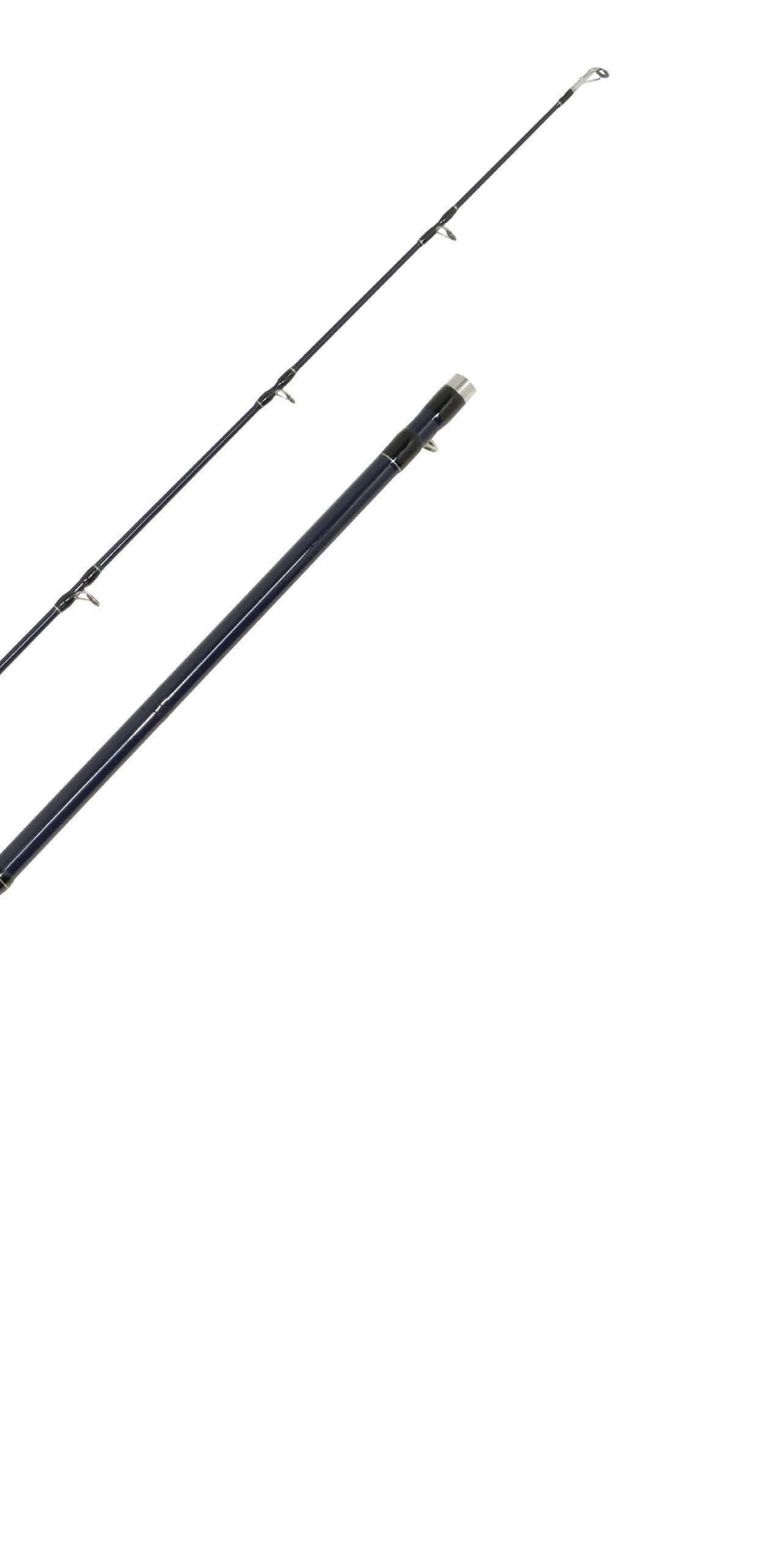
MAIN LINE & LEADER
18lb to 20lb monofilament line is fine for general tope fishing, but it does require heavier lead weights to stay in touch with the seabed. It also suffers from stretch, reducing bite detection, and makes the setting of the hook at range less easy. Good quality braid offers the best performance with 30lb a good option. Braid is much thinner for the same mono breaking strain, has minimal stretch, gives far better bite detection and hooking ability, plus you can use much lighter lead weights to stay in contact with the seabed. A mono shock leader between 70 and 80lb gives good abrasion resistance when it comes in contact with the tope’s rough body. Tope can sometimes roll, so the leader takes the strain and protects the weaker main line.
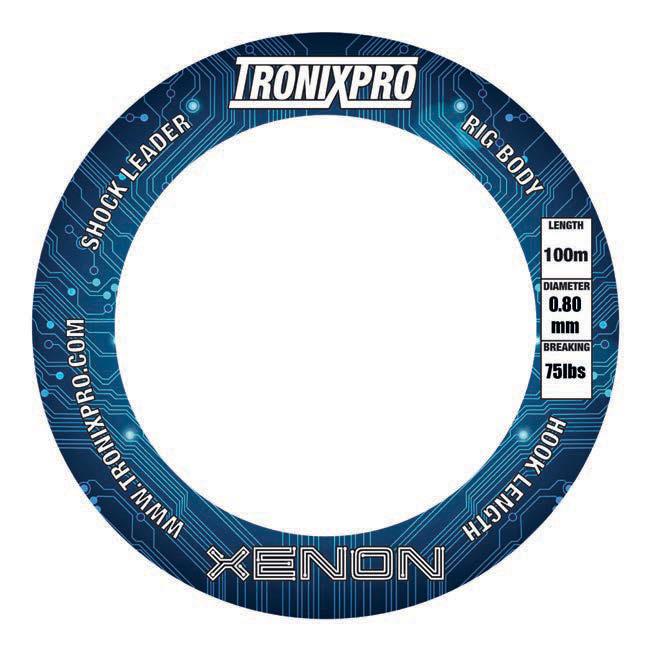
RIGS
In all cases, a simple sliding ledger works best with a Zip Slider Boom running on the shock leader, then an 8mm bead and a size 1/0 rolling swivel. To this swivel, using the four turn Grinner knot, tie on 5ft of 80lb mono and another 1/0 rolling swivel. The hook trace goes on this last swivel. The sliding ledger allows the tope to run and take line easily offering excellent bite detection.
Attach the lead weight by a weak link system of either slightly weaker mono or lightly twisted telephone wire so that if the lead snags up or the main line breaks during the fight the fish can pull the lead off and free itself.
HOOK TRACE
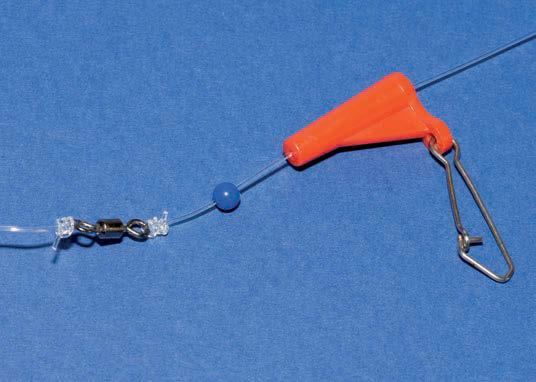
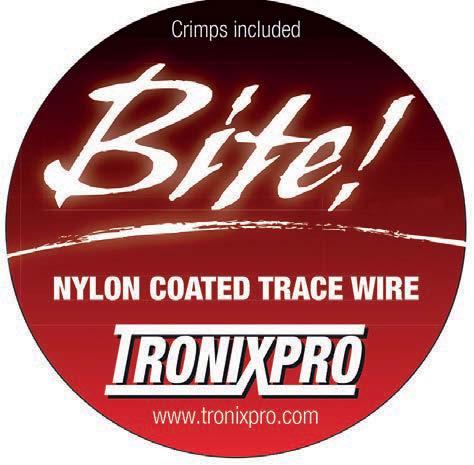
Two choices of hook trace exist. You can crimp on 18-inches of 250lb mono or the same of 60lb wire. Both work well. There is a very dubious argument that the mono is safer for the fish, but more fish are lost on a heavy mono biting traces than on wire. The facts are that it’s the de barbed bronzed hook that is the weakest link and this will corrode or fall out within days, long before the wire or mono wears out.
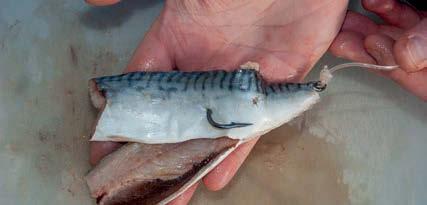
HOOKS
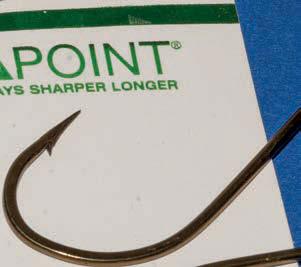
A size 6/0 hook is big enough and strong enough for even record tope. Viking bronzed patterns are ideal. O’Shaughnessy patterns are over gunning and take heavy pressure to sink past the barb. Make sure the hook point is sharp and, using pliers, crush the barb. The lack of a barb makes it easier to unhook deeper hooked tope, but also makes it easy for the tope to shed the hook should it inadvertently break free. You won’t lose any fish either, providing you maintain a tight line. The hooks are best crimped to the mono and the wire as this gives them a little movement when the bait is picked up and swallowed.
